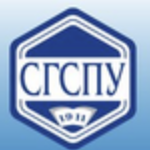Introduction to Samara State Academy of Social Sciences and Humanities
Samara State Academy of Social Sciences and Humanities is one of the largest academic centers in the Volga region, offering degree programs in a variety of disciplines.
Overview
Student size: 12,500 students.
Faculty: A large number of experienced teachers covering various disciplines provide high-quality teaching guidance for students.
History and establishment time
Founded as a teaching institution in 1911, it is the first higher education normal school in the Volga region. In 1994, it was renamed Samara State Normal University and was awarded the status of a college in 2009.
School strength
Teaching achievements: Cultivate a large number of professional talents, and graduates play an important role in education, social sciences and other fields.
Scientific research strength: actively carry out scientific research activities, encourage teachers and students to participate in scientific research projects, and promote academic progress.
International cooperation: carry out cooperation and exchanges with many foreign universities and institutions to promote cultural and educational exchanges and cooperation.
Institutional nature
Public university.
Educational philosophy
Focus on cultivating students' comprehensive quality and practical ability, and strive to cultivate professional talents with innovative spirit and social responsibility for the society.
Key laboratories and disciplines
Key laboratories: No specific key laboratories are specified, but there are corresponding scientific research facilities and practice bases in various disciplines to support teaching and research.
Key disciplines: Economics, management, psychology, computer science, foreign languages and other majors are more popular, and the disciplines of natural sciences and geography, special education, history and other departments are comprehensive.
Departments
There are 12 departments including natural sciences and geography, special education, history, physics, mathematics and computer science, primary education, language education, foreign languages, management, psychology, music and fine arts, economics, and physical education, providing 28 professional degree courses.
Ranking
No authoritative comprehensive ranking of the school in the world has been found, but it is one of the important academic centers in the Volga River region.
Cost
The tuition fees for specific majors are not specified, but the tuition fees are relatively reasonable and in line with the charging standards of Russian public universities.
Campus
The campus facilities are complete, including teaching buildings, libraries, laboratories, gymnasiums, etc., providing students with a good learning and living environment, as well as student dormitories, canteens and other living facilities to meet students' daily needs.
-

Peter the Great St.Petersburg Polytechnic University
-
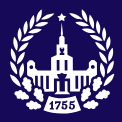
Moscow State University M. V. Lomonosov
-
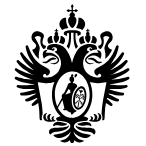
St. Petersburg State University
-
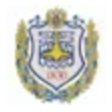
Bauman Moscow State Technical University
-
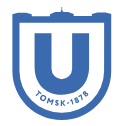
Tomsk State University
-
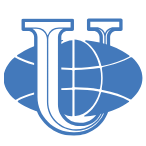
Peoples' Friendship University of Russia
-
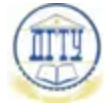
Don State Technical University
-

Moscow Institute of Physics and Technology
-
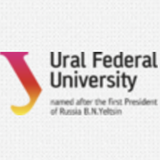
Ural Federal University
-

Kazan Federal University
-

Mesoamerican University
-

Istmo University
-

Mariano Galvez University of Guatemala
-

Regional University of Guatemala
-

Galileo University
-

Francisco Marroquín University
-

Rafael Landívar University
-

University of the Valley of Guatemala
-

University of San Carlos of Guatemala
-

Technological Institute of Tlaxcala Plateau
-

Golfo University
-

Technological University of South Sonora
-

Technological University of Huejotzingo
-

Tizimín Institute of Technology
-

Chilpancingo Institute of Technology

